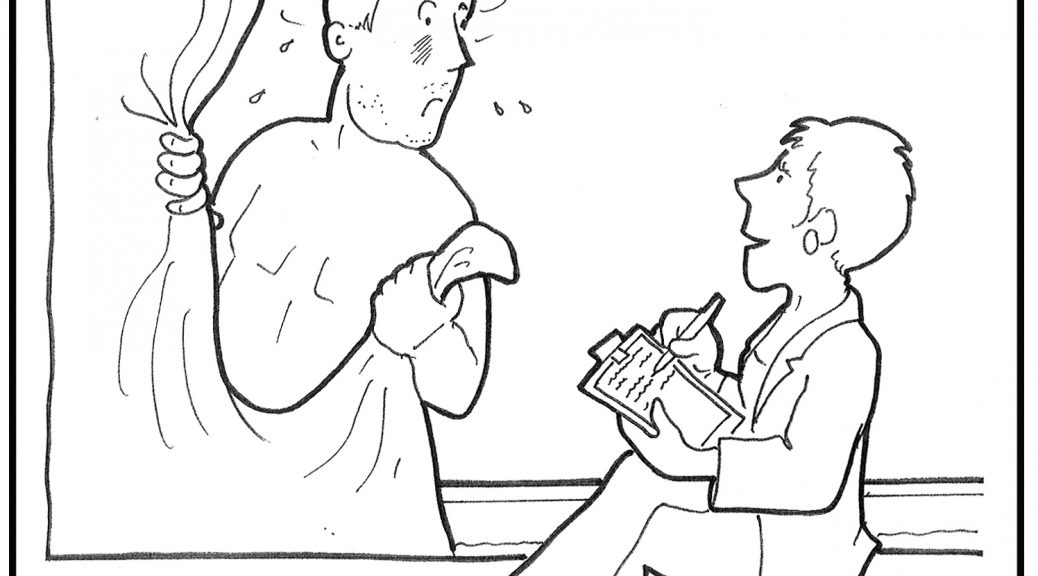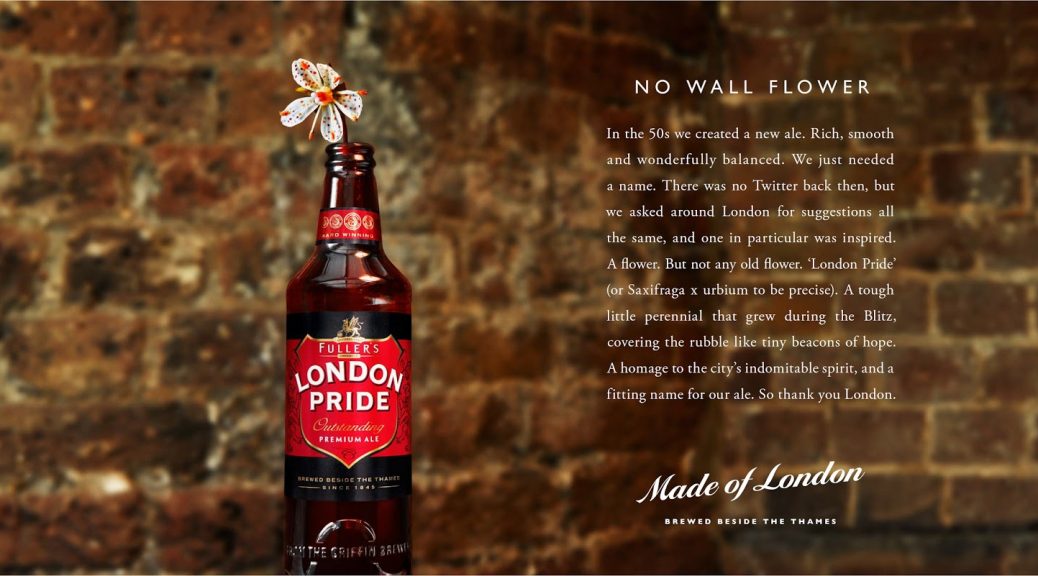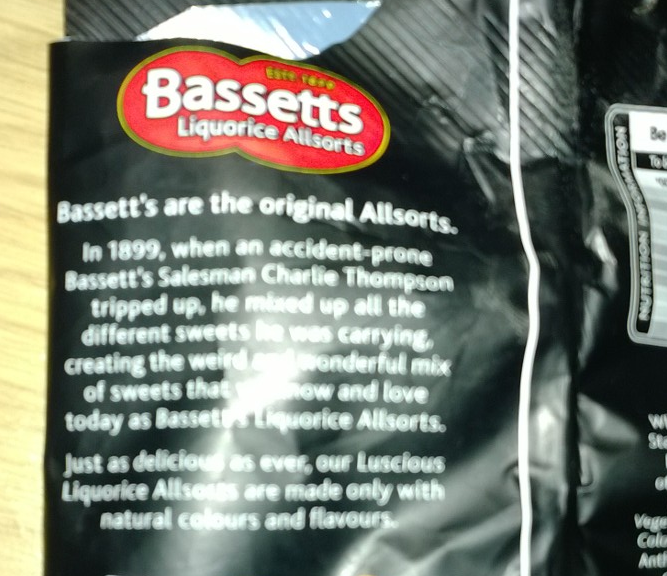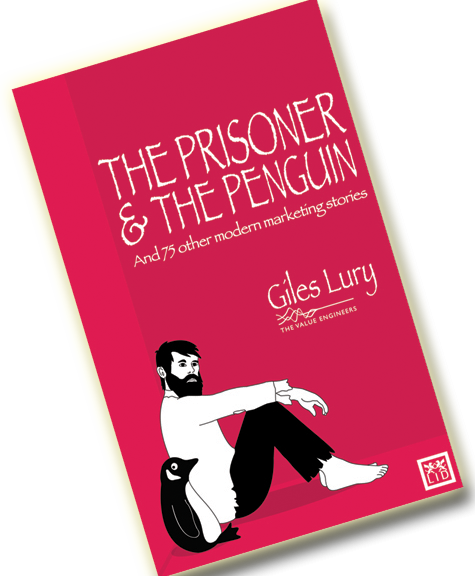Dawn’s story
Dawn Childs works with me at The Value Engineers and kindly ‘volunteered’ to do all the illustrations for the book – I only twisted her arm a bit, well she would need her arms if she was to do the drawings.
In fact, Dawn has been kind enough to do some illustrations for my previous books, and two from Researchwatching are shown here.
The first was a cartoon she created to help demonstrate how all-pervasive market research is becoming and which I still love
The second was to illustrate a story that I took from a Libby Brooks article in the Guardian called “Melons feel the squeeze at Tesco”
It told how Tesco, following a marked drop in melon sales, had commissioned a retail psychologist’s study into the reasons for this decline. The conclusion of that report had been that the modern preference for smaller breasts, as epitomised by the appeal of super-waifs like Kate Moss, was subconsciously leading consumers to reject larger melons.
Consequently Tesco has instructed their growers in Spain to produce Galia melons of no more than 0.55kg, rather than the larger 1kg ones that weren’t selling well.
At the time a Tesco spokesperson said that initially the retailer had been sceptical but “Since we introduced the smaller melons two months ago we have sold more than a million”.
Dawn wasn’t sure she believed the story but did me the illustration anyway
Dawn’s personal story is interesting as well, as she didn’t start out as an illustrator but went to college as a mature student and took an HND in art and design. At the time she had a young family to support and couldn’t afford the time or the money to do a full degree course, however we thought she had potential.
That was 23 years ago and she’s still here.

When I asked her what her favourite story was in “The prisoner and the penguin”, she chose ‘Daddy’s good luck charm’. It is the moving story of Kevin Bell, six bottles of Coke, friendship and family.
“It gives me goosebumps every time I read it” she says…and above is the illustration she did to accompany it which will appear in the book



